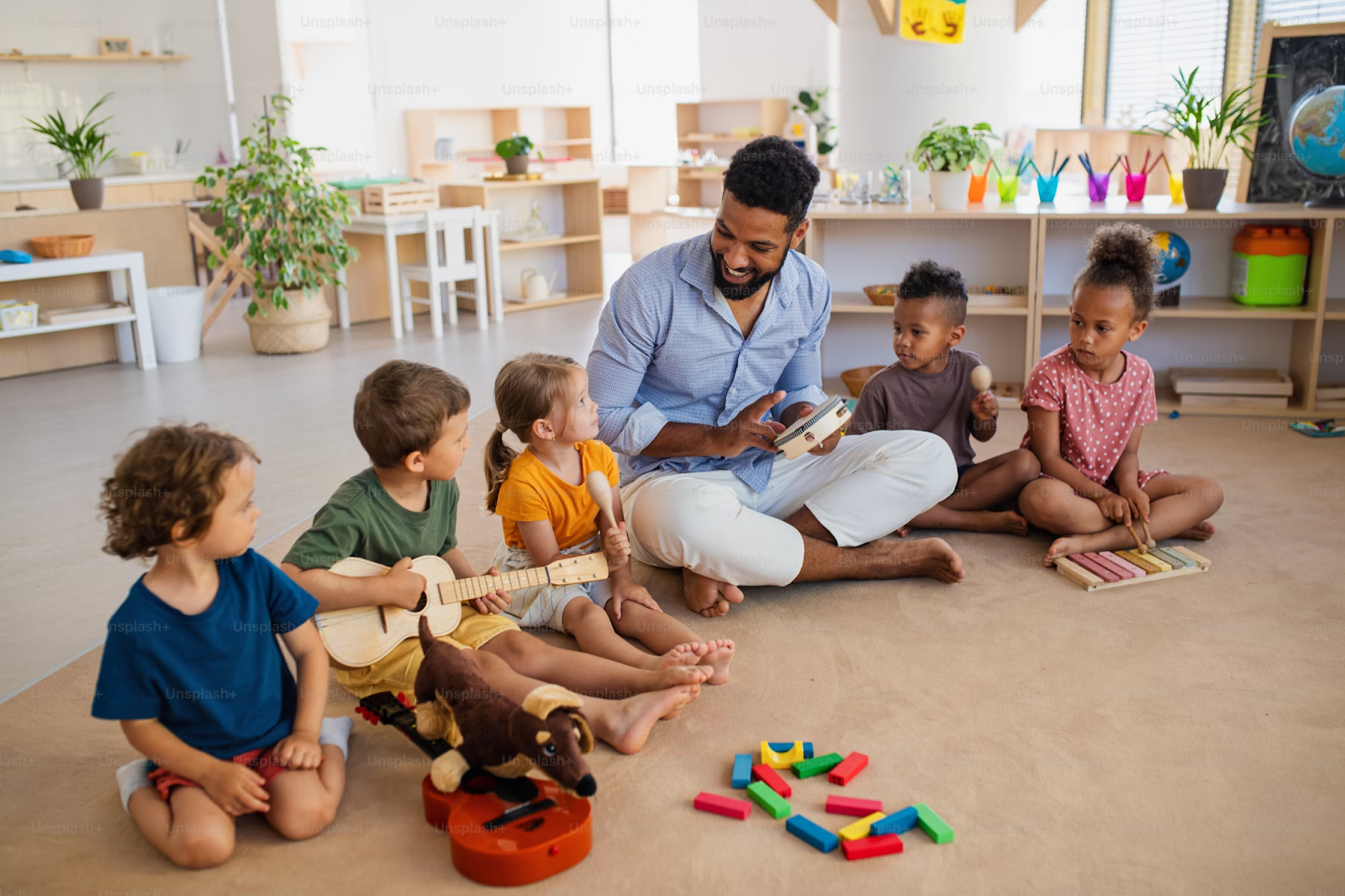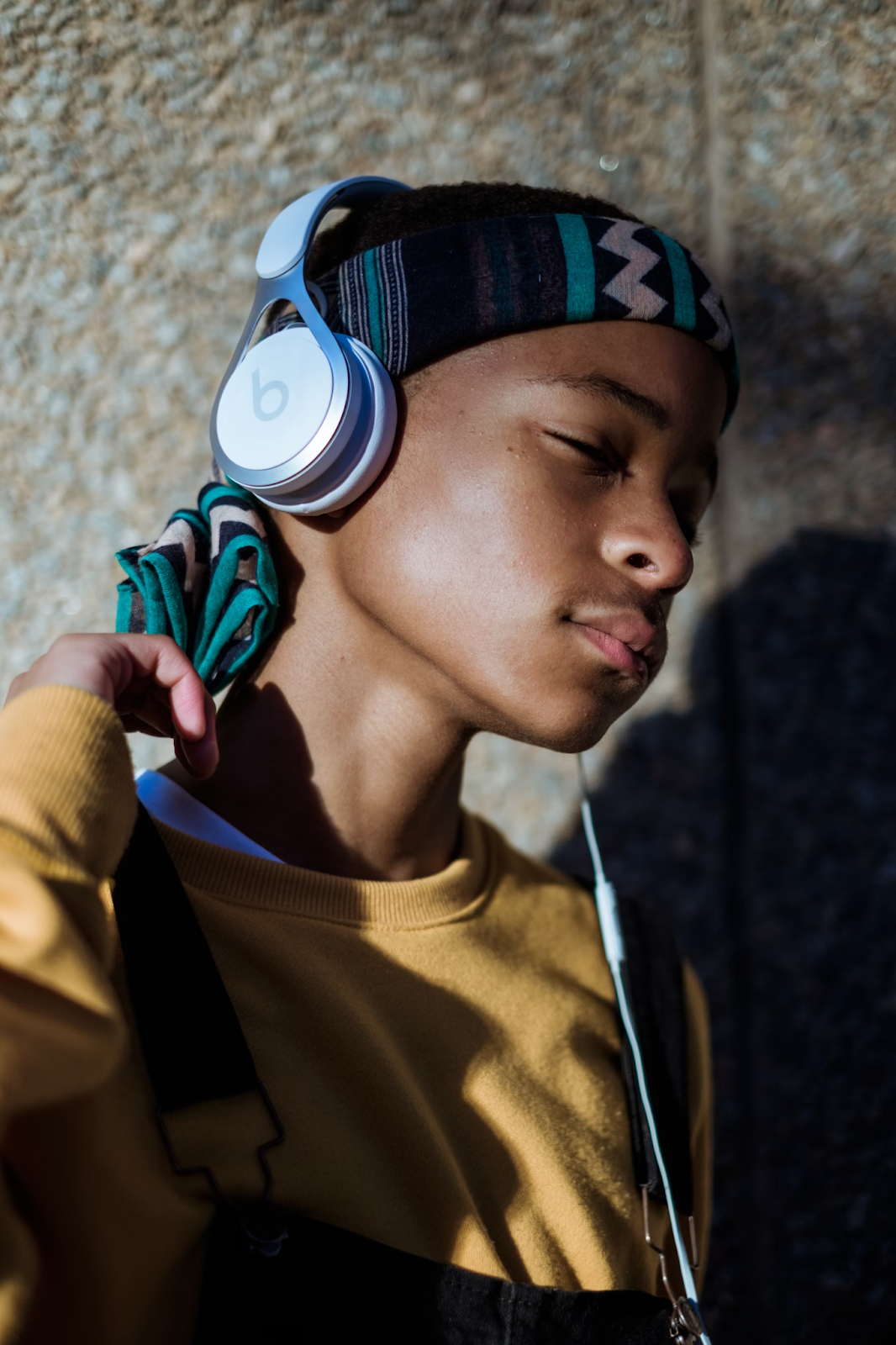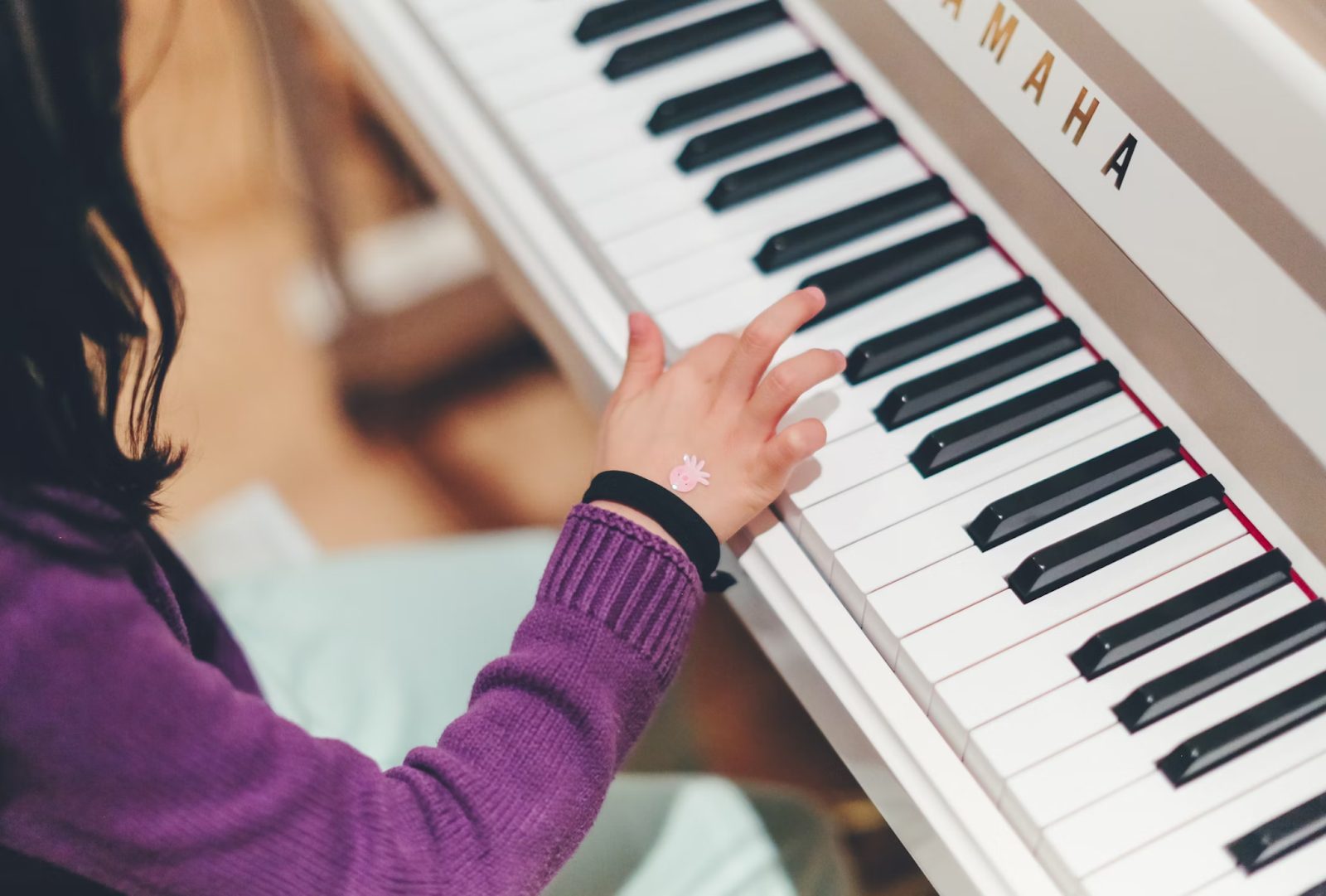Big Feelings, Little Voices: How Music Helps Kids Understand and Express Emotions
Helping children understand and manage their emotions is one of the most impactful things we can do as caregivers, educators, and mentors. Emotional awareness, most often defined as being able to identify, understand, and express emotions, sets the foundation for healthy relationships, academic success, and long-term mental well-being. But for many kids, navigating the emotional world isn’t easy. That’s where creative tools like music can make a real difference.
In this post, we’ll explore what emotional awareness really means, why it matters, and how music—whether through therapy or everyday activities—can support children in expressing their inner worlds with confidence and clarity.
Emotional awareness is more than just recognizing feelings or being able to name feeling “happy” or “sad.” It’s about recognizing their origins, understanding their intensity, and learning how to express them in healthy, constructive ways. Children who develop emotional awareness early on tend to have stronger social skills, better self-control, and a deeper sense of empathy for others.
According to Psychology Today, fostering emotional awareness in children involves a few key components:

One powerful and often underutilized tool for supporting emotional awareness in children is music.
Music naturally taps into emotion. From lullabies that soothe infants to upbeat songs that energize playtime, kids are constantly responding to music, even before they can speak. This emotional resonance makes music a perfect medium for exploring feelings in a safe, creative, and non-verbal way.
Listening to music can help children identify emotions. Playing instruments allows them to release tension or express joy. And singing songs with emotional themes gives them language for their inner experiences. Whether it’s a favorite song that cheers them up or a quiet tune that helps them wind down, music is deeply personal—and deeply powerful.
Music therapy is a structured approach that uses sound and rhythm to help children process emotions. It can be particularly beneficial for children who struggle with verbal expression. As highlighted in this article on emotional regulation and music therapy, sound and rhythm influence brain activity, helping children develop coping mechanisms for stress and anxiety.
Additionally, in clinical settings, music therapists work with children to help them explore emotions they might not yet be able to verbalize. This is particularly valuable for kids with developmental delays, trauma histories, or communication challenges. According to research on emotional regulation and music therapy, sound and rhythm can directly influence brain activity, particularly activating areas linked to emotion, memory, and motor control.
In a music therapy session, a child might:
These activities help children develop self-regulation skills, build trust, and experience emotional release in a controlled and supportive setting.

You don’t need a therapy degree or a music background to use music as a tool for emotional development. Here are some practical, easy-to-implement activities that parents, teachers, and caregivers can try:
Encourage kids to create or choose songs that match different moods, like happy, sad, angry, or calm. Talk about what they hear in the music that makes it feel that way. This builds emotional vocabulary and helps them recognize how sound can reflect or shift their state of mind.
*Pro Tip: Try listening to these playlists together and sharing your own emotional reactions. Modeling this behavior shows kids it's okay to talk about feelings. It also gives them an idea of how to spot potentially similar emotions in different people, after all, no one expresses their emotions in the same way.
Ask children to create a simple story and then pair it with music—either songs they select or sounds they make using instruments (or even household items like pots and pans). How does the music change when the story gets exciting, scary, or joyful? This activity supports emotional expression through both narrative and sound.
Give kids access to percussion instruments like drums, tambourines, or even DIY shakers, and encourage them to “play how they feel.” Fast, loud beats might show excitement or frustration, while slow, soft rhythms might express sadness or calm. This physical form of expression can be especially effective for children who aren’t yet comfortable putting their feelings into words.
Play a variety of musical genres or songs and ask kids how each one makes them feel. What images come to mind? What colors do they imagine? These sessions build self-awareness and emotional language while reinforcing that it’s okay to feel a range of emotions.
The best results often come from combining traditional emotional development strategies with creative, music-based approaches. Together, they offer a well-rounded, sensory-rich experience that engages children on multiple levels.
Here’s a few ways you can integrate both:

Raising emotionally aware children doesn’t happen overnight, and it doesn’t come from lectures or rules alone. It grows from daily, intentional interactions where emotions are acknowledged, respected, and expressed.
Music offers a gentle but powerful way to support that growth. It speaks a language kids understand, one that transcends vocabulary and gets straight to the heart. Whether through structured therapy or playful, creative routines, music can be a bridge between a child’s inner experience and their outer world.
By giving children the tools to name, express, and regulate their emotions, through rhythm, melody, and movement, we’re not just raising kids who “behave.” We’re raising kids who thrive, kids who feel seen, heard, and understood, and who grow up confident in their ability to navigate both the highs and lows of life. Raising emotionally aware children doesn’t happen overnight, and it doesn’t come from lectures or rules alone. It grows from daily, intentional interactions where emotions are acknowledged, respected, and expressed.
Music offers a gentle but powerful way to support that growth. It speaks a language kids understand, one that transcends vocabulary and gets straight to the heart. Whether through structured therapy or playful, creative routines, music can be a bridge between a child’s inner experience and their outer world.
When children are encouraged to express themselves musically, they’re not just learning to sing a song or tap a beat, they’re learning to tune into their own feelings, to explore them without fear, and to share them in a safe, constructive way. These experiences help children internalize the message that emotions aren’t problems to be fixed, they’re an incredibly important part of being human.
Creating a home or classroom environment where music and emotional language go hand in hand sends a powerful message: your feelings matter, and you are allowed to express them.